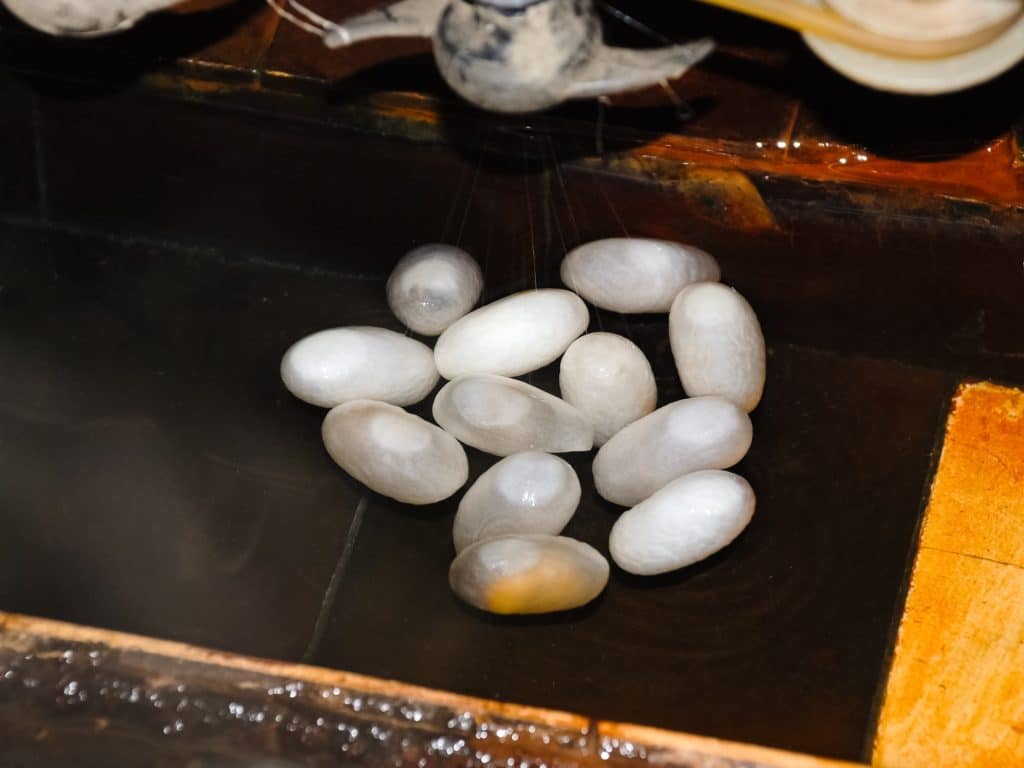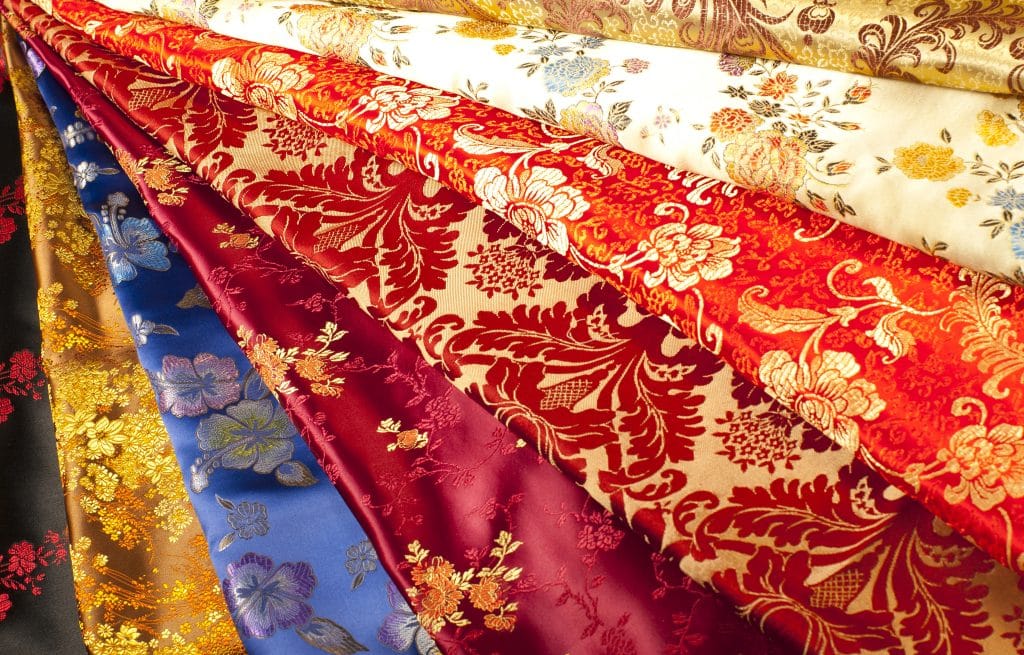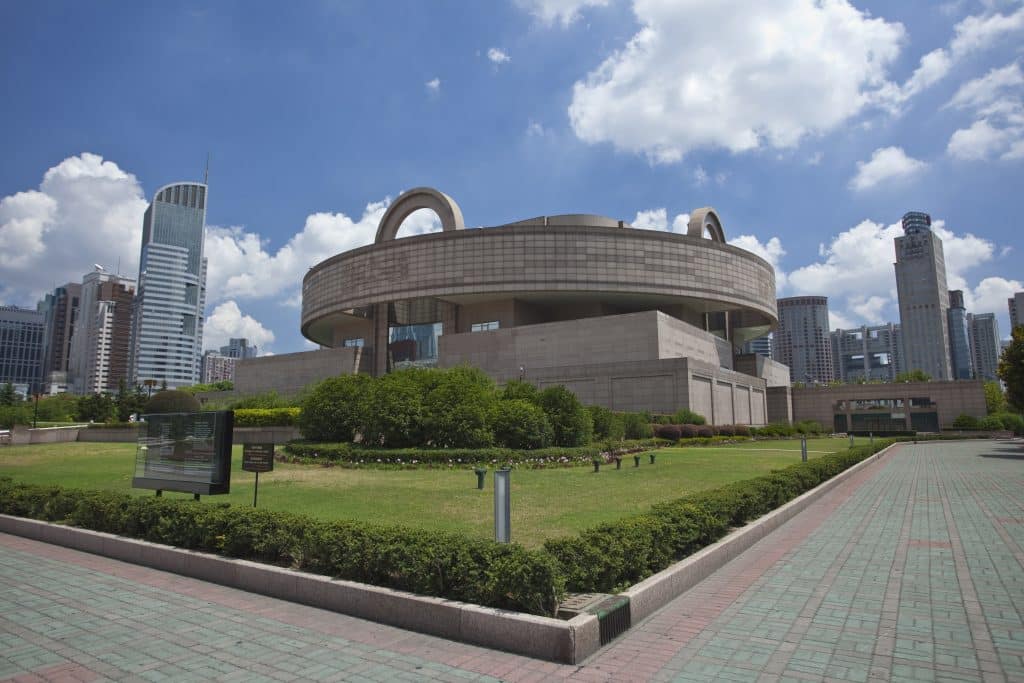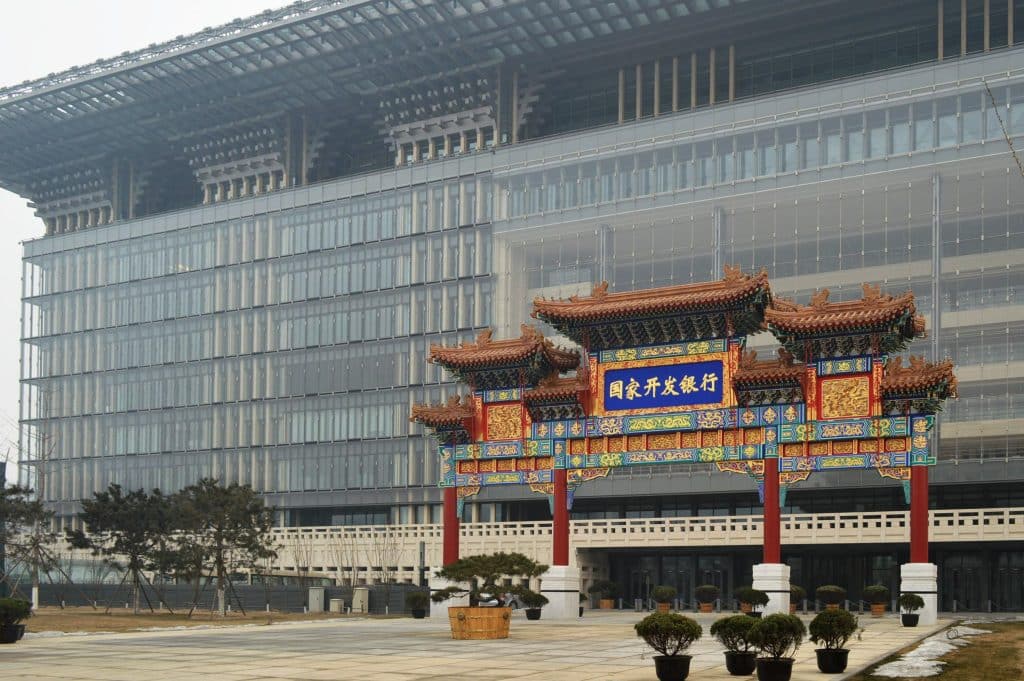A Brief History of Silk in China
Silk, a luxurious and delicate fabric synonymous with elegance and refinement, has a rich and fascinating history deeply intertwined with the cultural heritage of China. For thousands of years, the production of silk and its silk production techniques played a pivotal role in shaping the country’s economy, diplomacy, and cultural exchange with the rest of the world. This brief history aims to provide a comprehensive overview of the remarkable journey of silk in China with the Chinese silk industry, from its mythical origins to its enduring legacy in modern silk production.
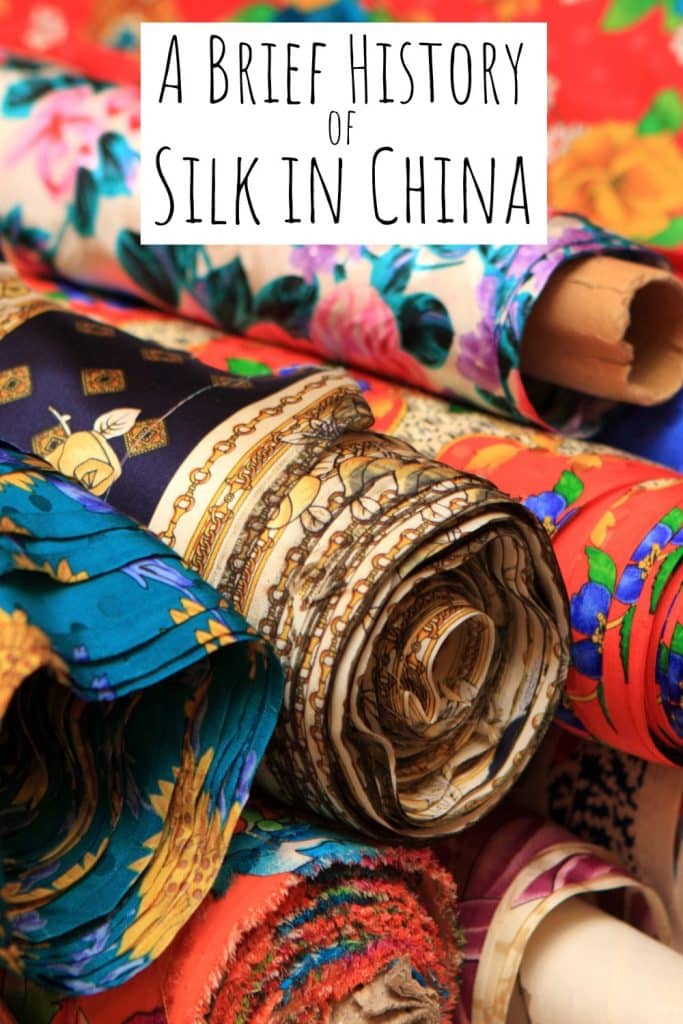
What is the history of silk in China?
Mythical Origins and Sericulture:
The story of silk begins with a legend that dates back over 4,000 years. According to ancient Chinese mythology, the discovery of silk was attributed to the Empress Leizu, wife of the mythical Yellow Emperor. As the story goes, a silkworm cocoon fell into her tea, unraveling to reveal a long thread. Fascinated by its lustrous beauty, she devised methods to cultivate silkworms, spin their cocoons, and weave the precious silk thread. This marked the birth of sericulture, the art of cultivating silkworms for silk production.
The Silk Road and International Trade:
The production of silk quickly became a closely guarded secret in ancient China, creating a monopoly that fueled its value and demand. To protect this valuable commodity, the Chinese enacted severe penalties on those who attempted to export silkworms for silk production techniques. However, during the Han Dynasty (206 BCE – 220 CE), silk production methods eventually spread beyond China’s borders, thanks to the Silk Road.
The Silk Road, a network of trade routes connecting China to Central Asia, the Middle East, and Europe, played a pivotal role in the global dissemination of silk. Chinese silk, coveted by merchants and nobility alike, became a symbol of wealth and luxury in distant lands. The Silk Road not only facilitated the exchange of goods but also enabled the transmission of knowledge, ideas, and cultures between East and West. You can read more about the Silk Road with this brief history.
Imperial Patronage and the Silk Industry:
Silk production flourished during China’s various dynastic periods, often receiving royal patronage and imperial support. Emperors recognized the importance of silk as a source of revenue and a means of showcasing the country’s wealth and sophistication. They established specialized institutions and workshops dedicated to silk production, employing skilled artisans and craftsmen.
Notably, the Tang Dynasty (618-907 CE) was considered the golden age of Chinese silk production. The imperial court promoted sericulture, resulting in significant advancements in silk weaving techniques and the creation of intricate patterns and designs. Tang-era silk fabrics, such as damasks and brocades, gained international acclaim and became highly sought-after luxury items.
Silk in Chinese Culture:
Silk holds a special place in Chinese culture, representing beauty, elegance, and social status. The wearing of silk garments was reserved for the nobility, and the intricate silk embroideries adorned with auspicious symbols were highly valued. Silk also played a crucial role in traditional ceremonies, weddings, and festivals, symbolizing purity, wealth, and good fortune.
Modern Silk Industry and Preservation:
Despite its ancient origins, the Chinese silk industry has managed to adapt and thrive in the modern era. China remains the world’s largest producer of silk, with provinces such as Jiangsu, Zhejiang, and Sichuan renowned for their silk production. Technological advancements have streamlined the silk manufacturing process, but traditional craftsmanship and techniques are still highly valued.
Efforts to preserve China’s silk heritage have also gained prominence. Museums, such as the Suzhou Silk Museum, showcase the history and craftsmanship of silk production, while initiatives focus on promoting sustainable sericulture and preserving traditional weaving methods. These endeavors aim to ensure that the legacy of silk continues to live on in the modern world.
Where can I learn about silk history in person?
If you are interested in learning about silk in China’s history in person, there are several silk museums in China where you can immerse yourself in the rich heritage of silk production and its cultural significance. Some of the best places to visit include:
Suzhou Silk Museum – Suzhou:
Located in the city known as the “Silk Capital” of China, the Suzhou Silk Museum offers a comprehensive exploration of silk history, sericulture, and silk production techniques. Visitors can witness live demonstrations of silk weaving and embroidery, view ancient silk artifacts, and learn about the cultural importance of silk in Chinese society.
Shanghai Museum – Shanghai:
The Shanghai Museum boasts an impressive collection of Chinese artifacts, including a dedicated section on textiles and silk. Here, you can discover a range of silk fabrics, garments, and decorative items from different dynasties, gaining insights into the artistic and cultural significance of silk in China’s history.
Xi’an Museum – Xi’an:
As the starting point of the ancient Silk Road, Xi’an has a rich silk history. The Xi’an Museum showcases artifacts related to the Silk Road trade, including silk fabrics, ancient silk manuscripts, and silk paintings. It provides a glimpse into the cultural exchange and impact of silk on the development of Xi’an as a major trade hub.
National Silk Museum – Hangzhou:
Located in Hangzhou, known for its exquisite silk production, the National Silk Museum explores the history, techniques, and artistry of silk. The museum displays a vast collection of silk artifacts, ancient looms, and interactive exhibits that delve into the cultural, economic, and technological aspects of silk in China.
Beijing Capital Museum – Beijing:
While not solely focused on silk, the Beijing Capital Museum houses a diverse collection of Chinese artifacts, including silk textiles and garments from various periods. Visitors can explore exhibits that highlight the cultural importance of silk in Chinese history and gain a broader understanding of the country’s rich heritage.
These museums offer an immersive experience where you can witness silk production demonstrations, view ancient silk artifacts, learn about silk history through informative exhibits, and gain a deeper appreciation for the cultural significance of silk in Chinese silk heritage.
Now that you know about silk in China, how about learning about batiks in southeast Asia!
